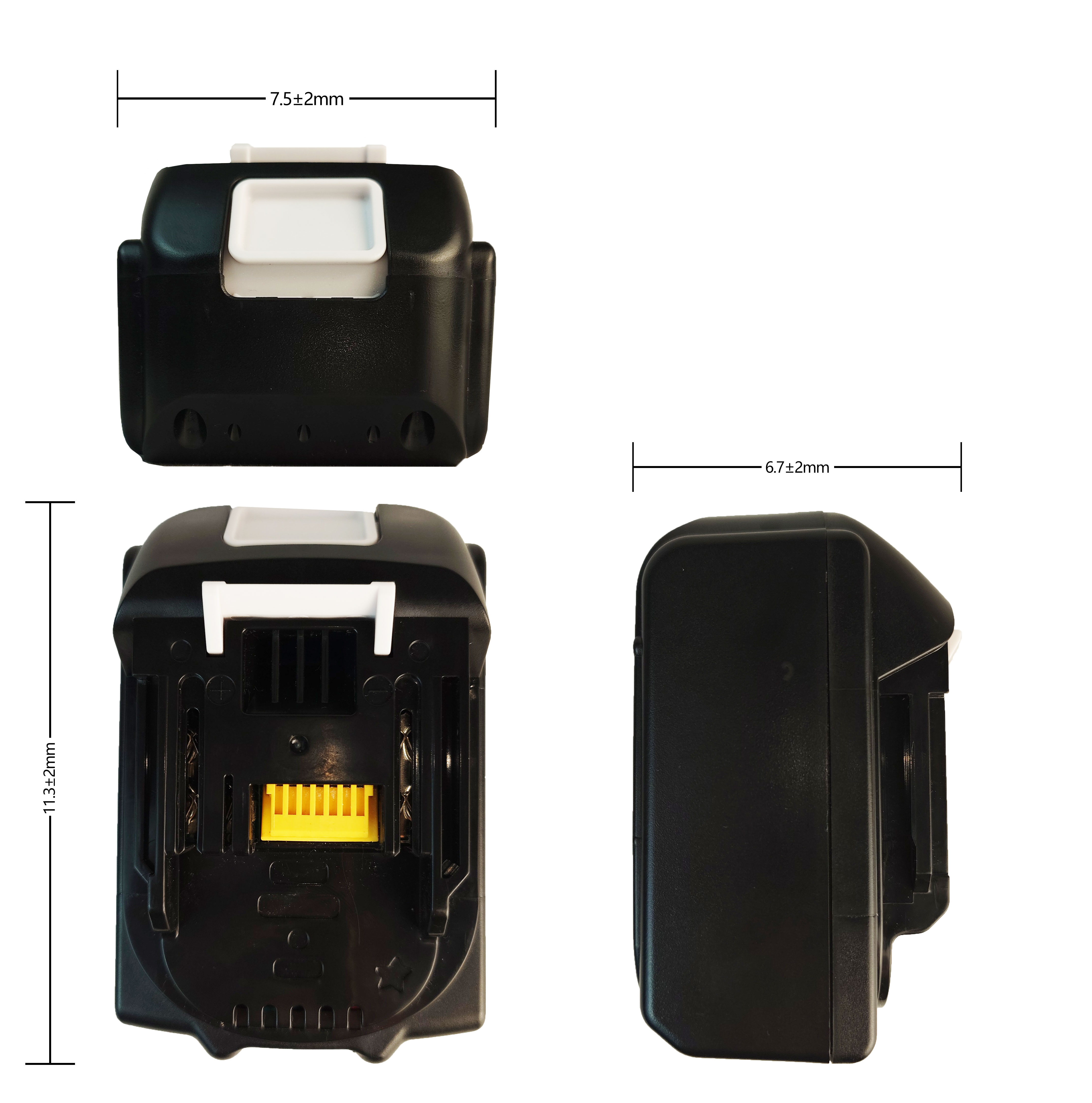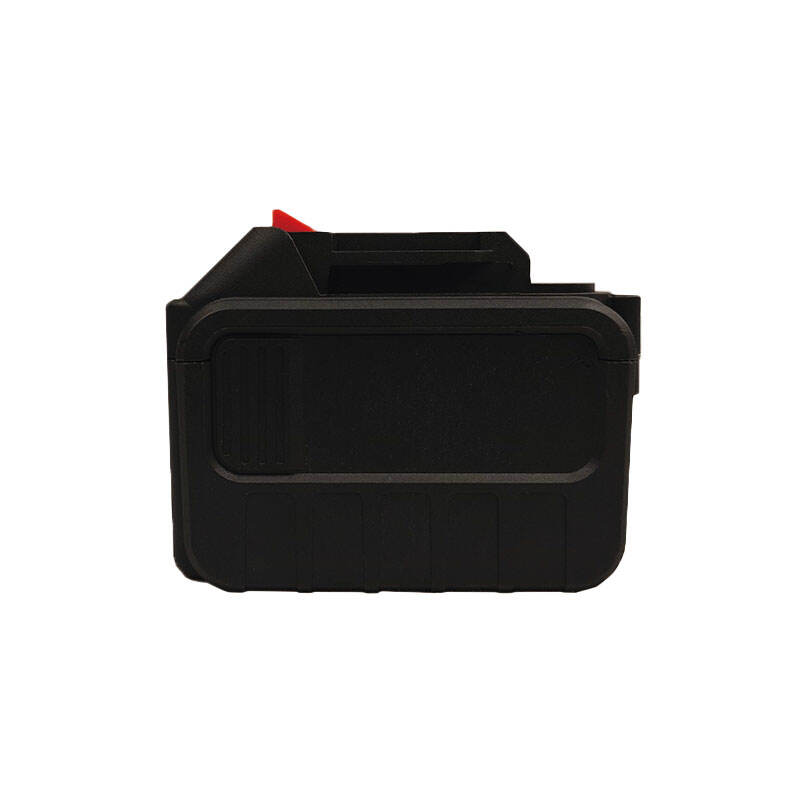lithium ion li ion
Lithium-ion (Li-ion) batteries represent a groundbreaking advancement in energy storage technology, revolutionizing how we power our modern devices and vehicles. These rechargeable batteries utilize lithium ions moving between positive and negative electrodes to store and release energy efficiently. The technology features a high energy density, allowing for substantial power storage in a relatively compact and lightweight design. Li-ion batteries typically employ a lithium cobalt oxide cathode and a graphite anode, separated by an electrolyte solution that facilitates ion movement. These batteries have become the standard power source for consumer electronics, electric vehicles, and renewable energy storage systems. Their ability to maintain consistent performance through hundreds of charging cycles, combined with minimal self-discharge when not in use, makes them ideal for long-term applications. The technology also supports rapid charging capabilities, with many modern implementations achieving 80% charge in under an hour. Li-ion batteries operate without the memory effect that plagued older battery technologies, meaning they can be charged at any time without degrading their capacity.


